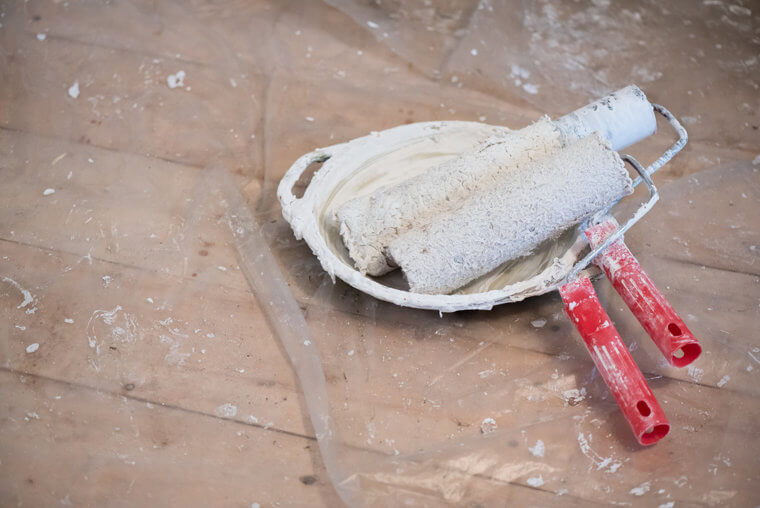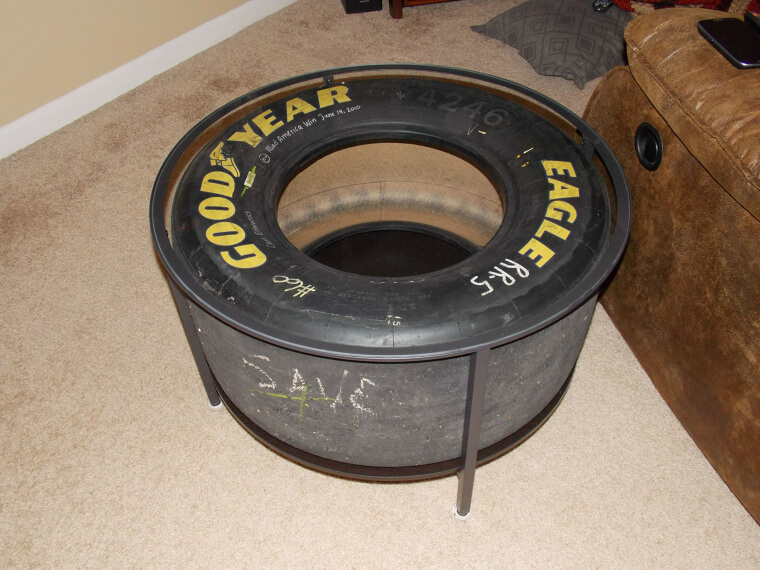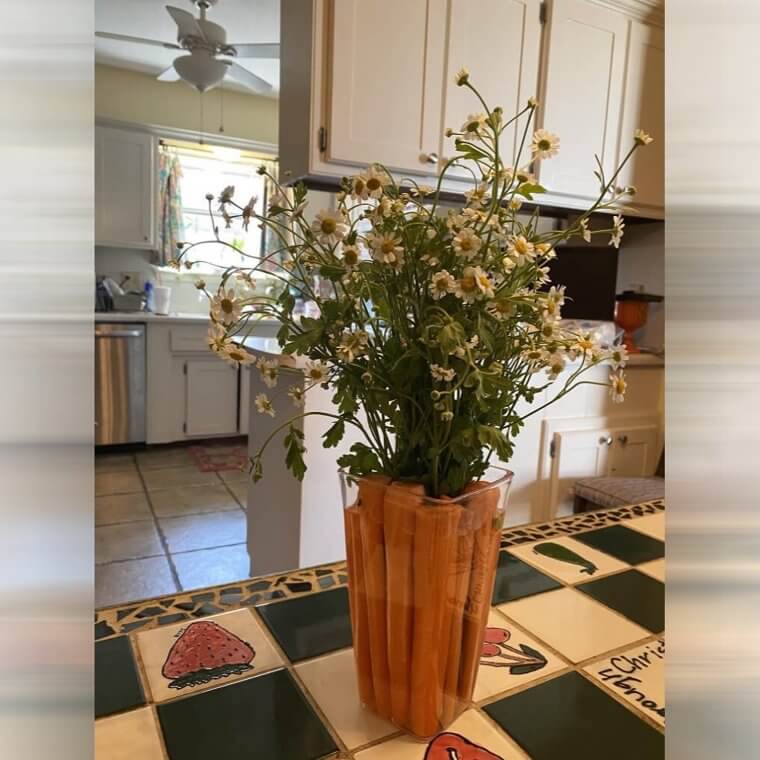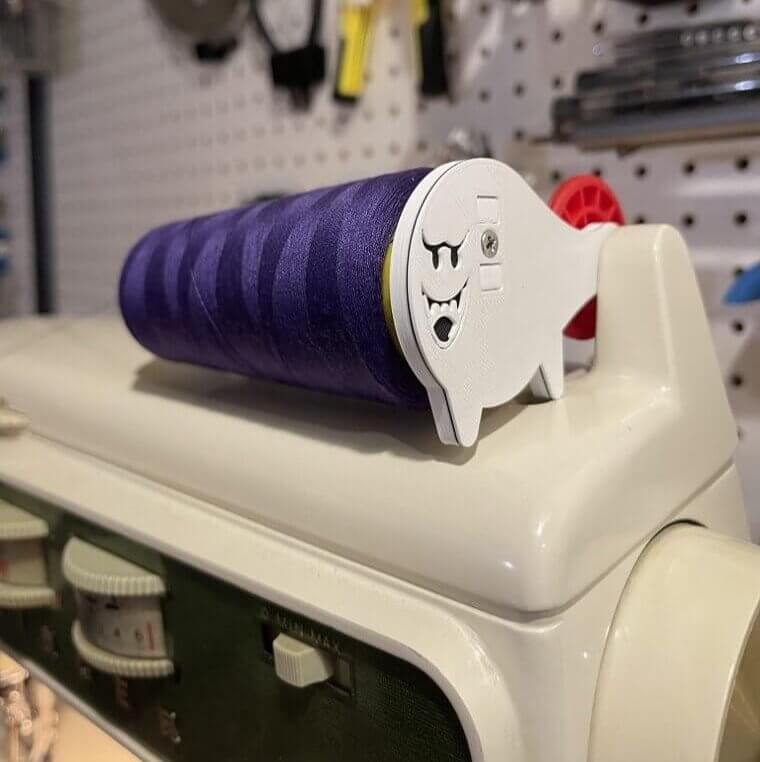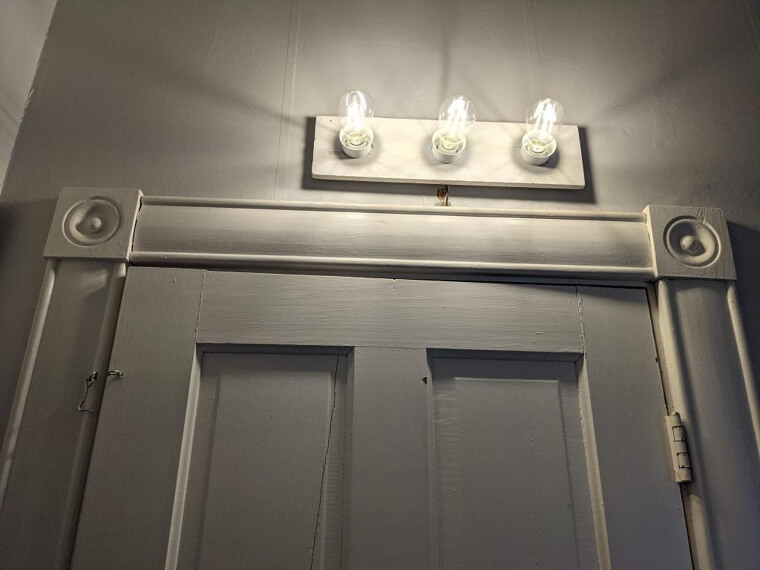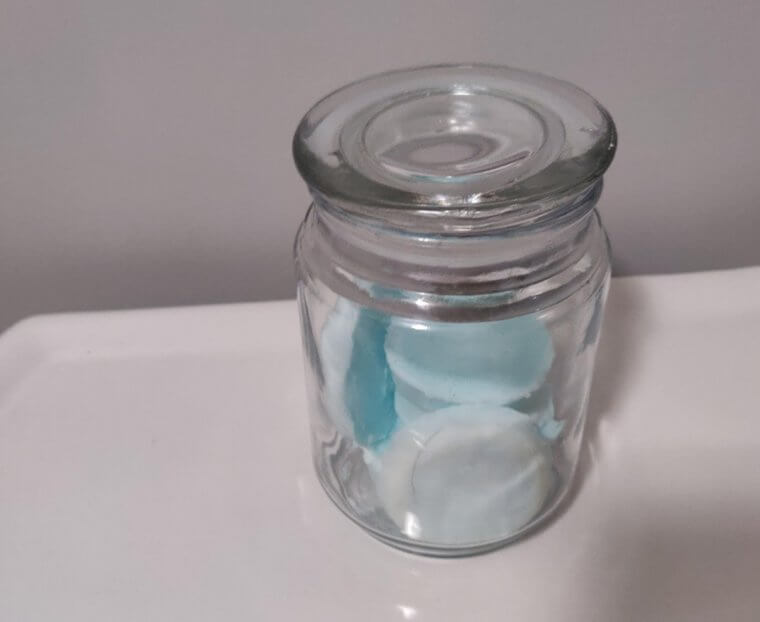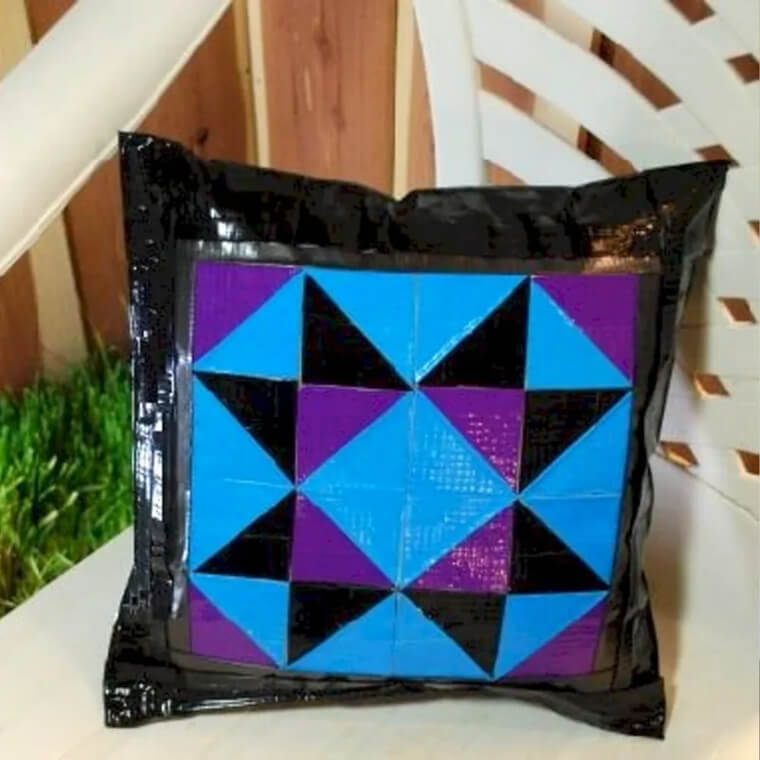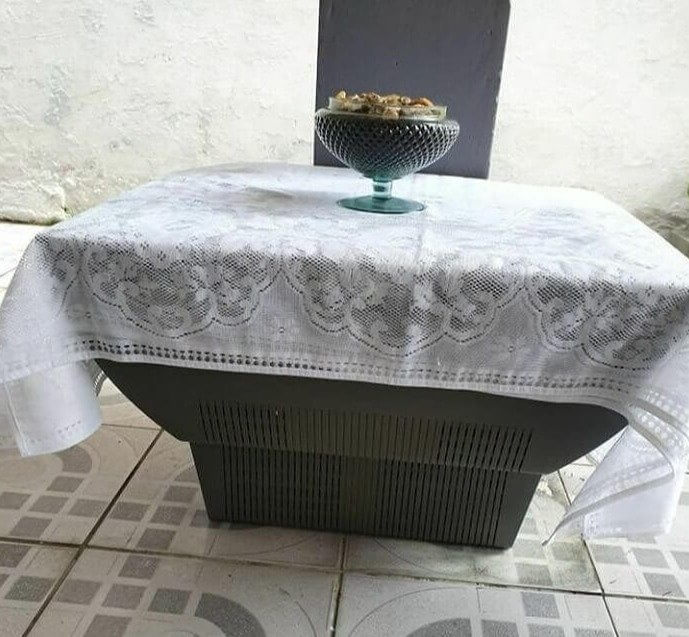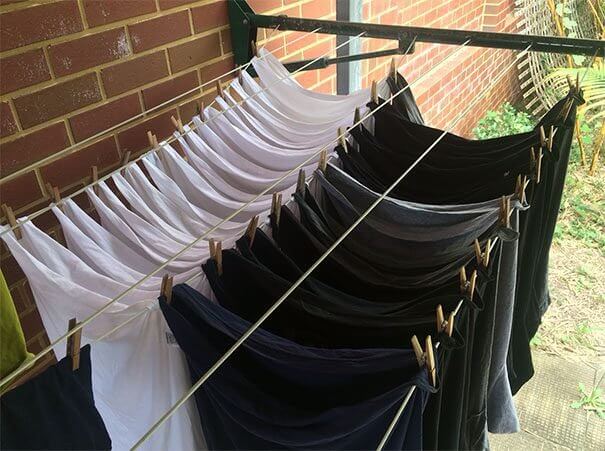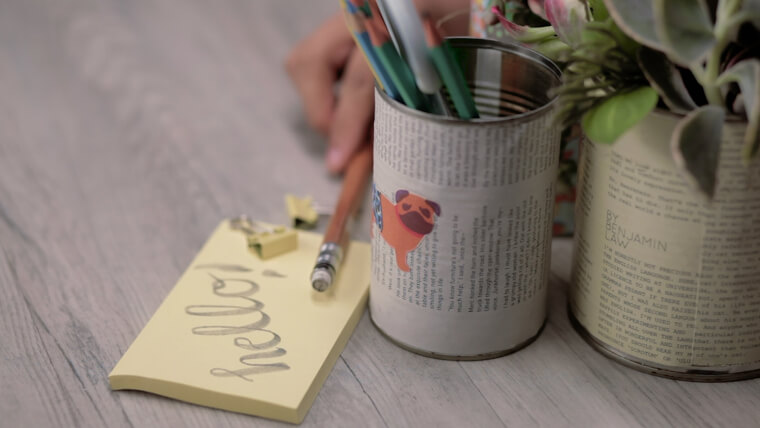Hoist Your Chairs for Repainting
Painting furniture can be challenging, but you can simplify the process with a few easy tricks. One great hack to avoid waiting for the paint to dry to turn tables and chairs upside down to finish the job is hammering small nails into the bottom of the legs, thus creating a holder to hoist the piece up. This technique is particularly useful for items with intricate details, as they are often difficult to access without turning them over.
Also, hoisting your furniture away from the ground help keeps dust and debris away from your painting area. Again, this goes a long way to ensuring a good finish the first time around.
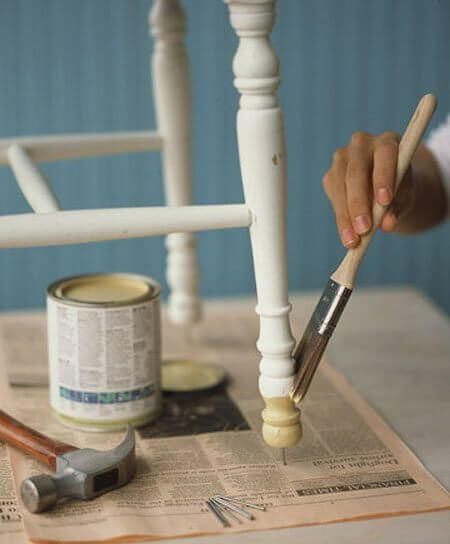
www.facebook.com
Use Plates to Elevate Your Furniture
If you’re worried that the nail technique mentioned elsewhere in this listicle will damage your furniture, another option you can try is using old plates or dishes and placing them under the legs of your table or chair. This hoists the piece up, making it much easier to paint, allowing the same access to difficult-to-reach parts. On top of that, this method helps keep dust and debris away from your painting area.
It also prevents potential damage that could be caused by turning over the furniture. This makes it a good option if you're painting old or antique furniture where extra care is needed.
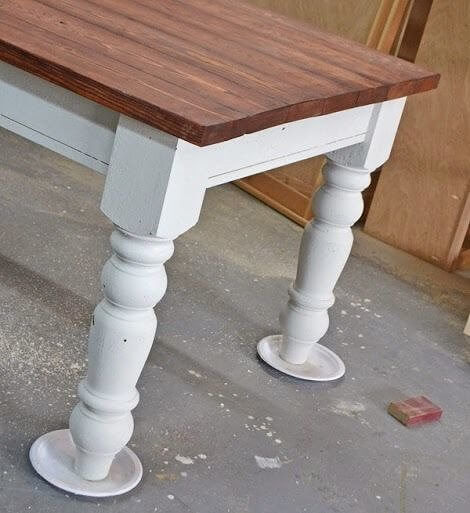
www.pinterest.com
How to Tell What Kind of Paint Is on the Wall
Knowing what kind of paint you have before you start a painting project is essential. Fortunately, it's easy to tell whether a wall has been painted with latex or oil paint with the help of a cotton ball and some rubbing alcohol. First, soak the cotton ball in rubbing alcohol and gently wipe it along your wall paint - if the paint comes off on the cotton ball, you've got latex paint on your walls.
However, if no paint transfers onto the cotton ball, your walls are likely covered with oil paint. With this simple test, you can be sure you're using the correct type of paint to complement what's already been used.
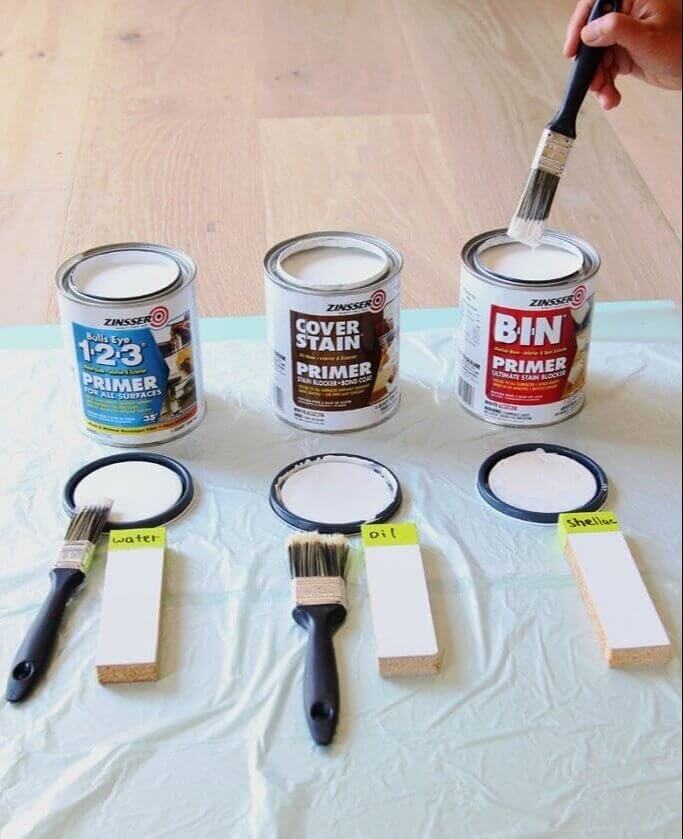
www.apieceofrainbow.com
Thin Out Clumpy Latex
If you are reusing old latex paint, you might need to thin it out before starting a new project. This is imperative to avoid clumping. But, rather than using rubbing alcohol to thin the paint, painters should use a thinner specifically made for latex paint, such as Flood Floetrol. This comes in handy for ensuring the right consistency. It also won't damage the base of your walls or cause any bubbling or cracking.
This thinner will keep your paint in good condition for longer, saving you money in the long run. The moral of the story? Make sure you choose the right thinner next time and save yourself some frustration!

www.flood.com
Cling Film Anything You Don’t Want Paint on
Before you paint anything, prepare the area. Painting projects can be messy, but you don’t have to damage your home in the process! To keep paint off your precious belongings, cover them with cling film or plastic wrap to protect them from accidental spills and splatters while painting. Cling film is a cheap and practical resource for safeguarding your stuff from unwanted paint. It's just as easy to remove and dispose of too.
Cling film, and a bit of tape also works well for smaller items such as doorknobs, light switches, and handles. However, you may want to use sturdier plastic sheets for bigger items like sofas, chairs, or tables.
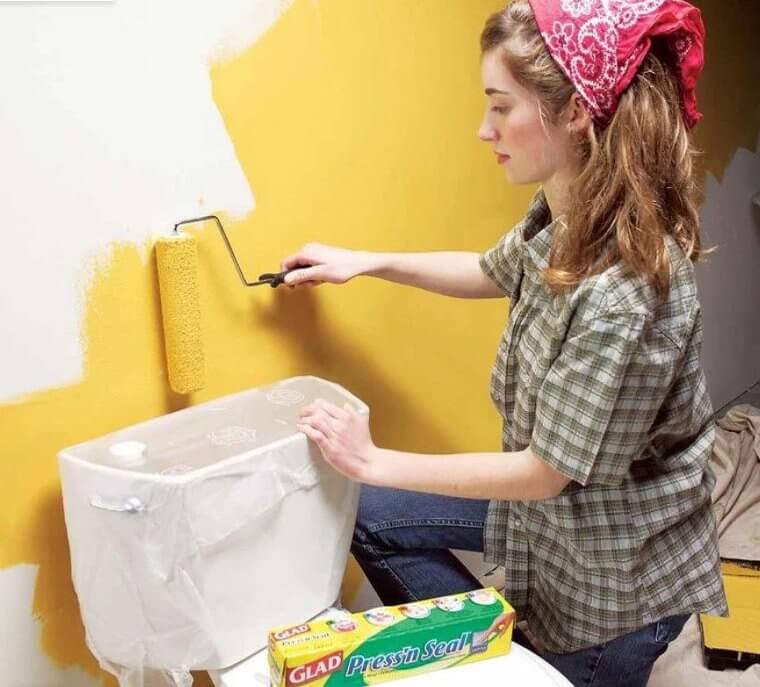
Family Handyman
Use Paint Pads to Paint Hard to Reach Spaces
Use a paint pad attached to a stirring stick if you’re doing a quick home repair job and want to avoid overhauling your living space. You can source these pads from a standard paint edging tool. You can pick these up for around $2 at most home centers. Then, take your paint pad and attach it to a stir stick (using a hot glue gun is most effective).
Paint pads work incredibly well for getting into small nooks and crannies, awkward corners, and hard-to-reach spots! For instance, behind radiators, toilet tanks, and molding crevices - to name but a few examples!

www.familyhandyman.com
Prep Your Rollers
Now, one piece of advice worth mentioning is to take the time to use a lint brush on your rollers before painting. This helps eliminate loose fluff or debris that might come off and land on your freshly painted walls. After that (if it's a roller you've used before), give the roller a quick trim around the edges with a small pair of scissors to remove crusty edges that could prevent you from achieving a smooth finish.
Then, prime the roller with water, and you're good to go! Finally, once you've finished painting, rinse off the roller in warm water, and it should be good as new for your next painting session!
